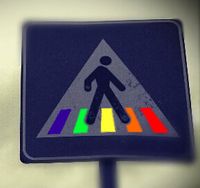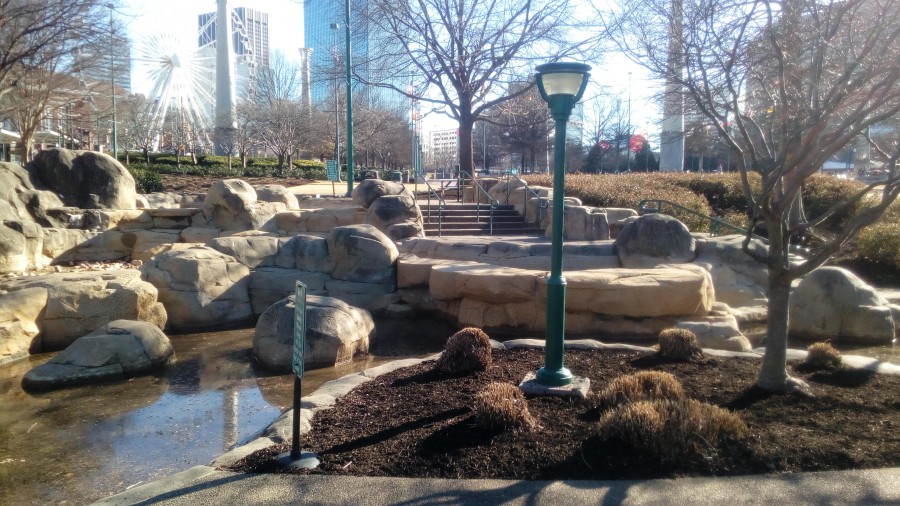This blog post talks about the authors’ experience trying to experiment with the Color Walk. The Color Walk idea comes from William Burroughs, a novelist. It is described as picking a color or allowing the color to choose you and following it. It is said that if you get lost, then chose another color. If you happen to get really lost, then you have done really well.
The authors’ trip started at WNYC, in lower Manhattan. First, they followed blues that eventually led them to pinks and finally pulled them towards violets. From the authors’ own words “…the colors hung in our brains and eyes. We walked away seeing a world brimming over with colors…”
The importance of doing such kind of walk could be that it allows you to notice colors in a way that you never have before. The authors stated that after they finished it was as if all they could see was only the colors; like the colors were just lingering in front of them or maybe in their own minds. A person that might benefit from this kind of walk could be painters, writers, or other professionals that desire to be inspired. People who are stressed could benefit from this walk.
Also something to be considered is the context. This blog post was written in 2012. This was a time when the United States was rapidly but slowly recovering from the Great Recession. People at this time were still struggling to make ends meet, finish school, hold jobs, and take care of their families. At this time, people could have been stressed and needed a suggestion like the color walk to inspire them with a new idea or solution.

A reminder to the American people of the Great Depression published in 2008 because of the Great Recession
The authors go on to give tips on how to effective exercise this technique. They recommend at least an hour for wandering. They say to pick a color, or to let a color pick you- to follow the one that points out to you the most. Their final tip is to get lost! Getting lost is a sign that you are succeeding at the exercise.
Sources:
- McMullan, Brendan, and Phia Bennin. “Color Walking.” Radiolab Blogland. WNYC Radio, 29 June 2012. Web. 29 Mar. 2016.
- Antiel_eldar/flickr/CC-BY-2.0. Digital image. Radiolab Blogland. WNYC Radio, 29 June 2012. Web. 29 Mar. 2016.
- WNYC Logo. Digital image. BuzzMachine RSS. WordPress, 10 Mar. 2014. Web. 29 Mar. 2016.
- TIME Magazine Cover: The New Hard Times – Oct. 13, 2008. Digital image.Time. Time Inc., 13 Oct. 2008. Web. 29 Mar. 2016.



